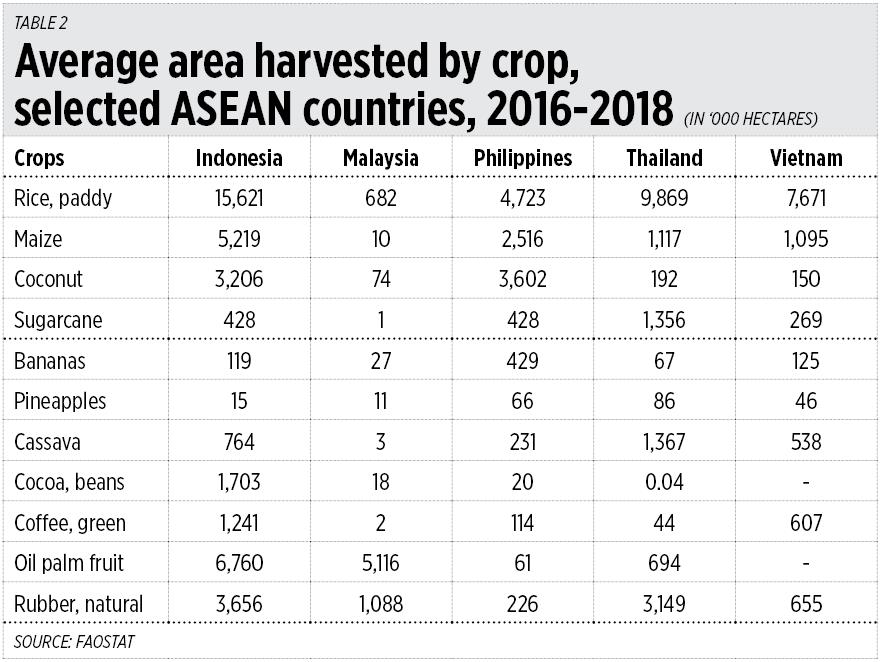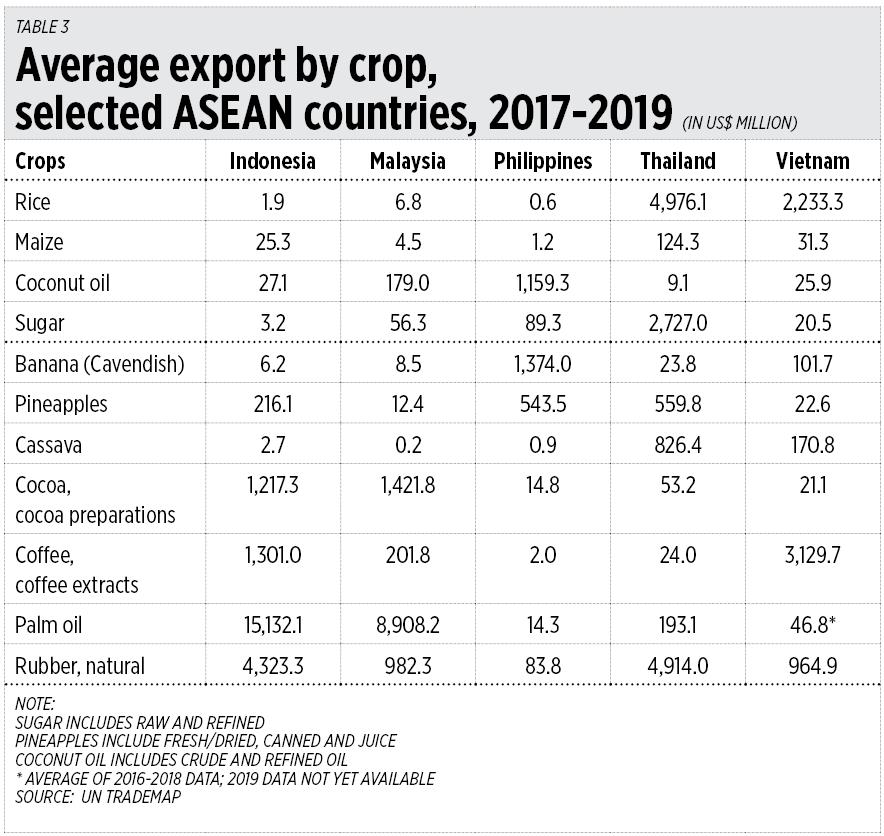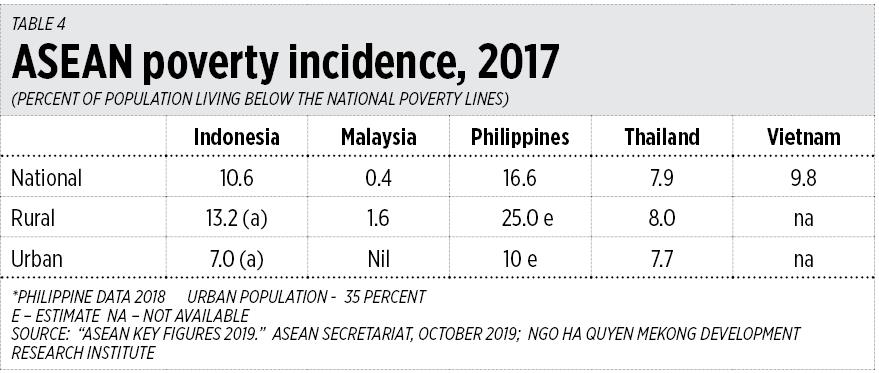Bahala na si Batman.
Kahit si Superman paupuin mo dito, baka hindi niya kaya.” (Even if you put Superman in my place, he might not be able to cope with the task.) That is what General Ricardo Morales, president and chief executive officer of the Philippine Health Insurance Corporation (PhilHealth), said as a way of explaining why the alleged irregularities in the state insurance firm cannot be fixed.
In reaction, Senate President Vicente Sotto III, who is leading the Senate investigation into the alleged corruption within PhilHealth, said in a tweet, “Tanggalin mo lahat ng corrupt, hindi kailangan si Superman!” (“Get rid of all the corrupt people, you don’t need Superman!”) PhilHealth is facing separate investigations on alleged corruption. The firm itself is investigating 20,000 cases of alleged fraudulent transactions involving P4.5 billion funds.
But even if you rid PhilHealth of corrupt officers and staff, there would still be tremendous wastage of funds due to incompetence and inefficiency on the part of the officers and staff. The operating system required by universal health care is too enormous and complex for PhilHealth to run as it does not have the competent and experienced people to operate such a system.
Then, there is the external factor of moral hazard. In health insurance, moral hazard occurs when the behavior of the insured person changes in a way that raises costs for the insurer since the insured party no longer bears the full costs of that behavior. In health insurance moral hazard is multiplied threefold as the professional and the healthcare facility may be parties to the misbehavior.
An example is the insured with a common cold asking a physician to recommend his hospital confinement. The insured gets a valid excuse for absence from work or school, the professional and the owner of the facility are paid by the insurer for their token care.
With 38 million indigents enrolled in PhilHealth, moral hazard takes on greater magnitude. Faked hospital confinement means free meals and a real bed for the indigent enrollee and revenue for the healthcare providers.
In a way, General Morales is right. Superman as head of PhilHealth would not be able to cope with the task even if all the corrupt people from the highest echelons down to the rank-and-file were removed. Handling moral hazard is beyond Superman’s capability.
The population of the Philippines is 109 million. Under a universal health care scheme, all 109 million are insured by PhilHealth.
According to the Department of Health (DoH), the 10 leading causes of morbidity in 2010 were: acute respiratory infection 1,289,168; acute lower respiratory tract infection and pneumonia 586,186; bronchitis/bronchiolitis 351,126; hypertension 345,412; acute watery diarrhea 326,551; influenza 272,001; urinary tract infection 83,569; TB respiratory 72,516; injuries 51,201; and diseases of the heart 37,589.
Morbidity is defined as “any departure from a state of physiological or psychological well-being.” In plain language, morbidity means “disease, injury, and disability.”
The DoH does not show the morbidity caused by the diseases of the kidneys, intestines, liver, pancreas, reproductive organs, sense organs, nervous system, muscles, bones, blood, the newborn, complications of pregnancy, mental disorder, and many others. It can be validly assumed that the total morbidity caused by these diseases runs in the millions.
Anyway, for the 10 leading causes of morbidity, the total for the year 2010 is 3,415,319. The population in 2010 was 93,970,000 million. In 2019 it was 108,310,000. By simple projection the total morbidity in 2019 is estimated to be 3,927,616. That translates into 3,927,616 PhilHealth members filing claims for reimbursement. That is a formidable processing job.
Spread over 365 days, that is 10,760 incidents a day. Spread over the 30 offices of PhilHealth all over the country, it means each office is receiving 358 claims a day. Validating one claim properly requires examining several documents like the physician’s diagnosis and the hospital or laboratory’s bill. That could take at least eight minutes.
In an eight-hour working day, a claims processor (in the insurance business the term is adjuster) has 480 working minutes. That means she can process at most 60 claims a day out of the 358 she is probably given to process that day. That is not counting the claims for the diseases other than the leading ones. Yes, even Superman would find processing all those claims intimidating.
The Constitution of the World Health Organization (WHO) states that “The enjoyment of the highest attainable standard of health is one of the fundamental rights of every human being without distinction of race, religion, political belief, economic or social condition.”
The right to health for all people means that everyone should have access to the health services they need, when and where they need them, without suffering financial hardship. No one should get sick and die just because he is poor.
In observance of the WHO declaration of healthcare for everyone, many countries launched universal health care programs. The Cuban government operates a national health system and assumes fiscal and administrative responsibility for the health care of all its 11.4 million citizens. There are no private hospitals or clinics as all health services are government-run.
In the United Kingdom, all aspects of medical services for all residents are covered by the National Health Service (NHS), which runs hospitals and pays doctors as employees. All medications associated with hospital visits are free of charge. The NHS is funded through taxation.
Many Filipinos migrating to another country choose Canada because its national health insurance system provides free care to all residents regardless of their ability to pay. The government keeps hospitals on a fixed budget to control costs, but reimburses doctors on a fee-for-service basis.
A country may have a basic level of universal health care. In reality though, the majority of its citizens still pay out of pocket for quality care or buy health insurance to defray the cost of appropriate standard of care.
In the ASEAN region, Singapore’s national health insurance plan, which is funded by payroll deductions and government subsidies, ensures its citizens affordable healthcare services.
Thailand’s universal healthcare scheme gives the members a gold card that they use to access services in their health district, and, if necessary, get referrals for specialist treatment elsewhere. The bulk of finance comes from public revenues.
On Feb. 20, 2019, President Rodrigo Duterte signed a Universal Health Care (UHC) Bill into law, Republic Act No. 11223. An Act Instituting Universal Health Care for All Filipinos, Prescribing Reforms in the Health Care System, and Appropriating Funds Therefor. The law automatically enrolled all Filipino citizens in the National Health Insurance Program, giving access to the full continuum of health services they need, while protecting them from enduring financial hardship as a result.
When implemented effectively, the Act will mean all Filipinos get the health care they need, when they need it, without suffering financial hardship as a result. However, there is much work to be done to implement the UHC Act.
PhilHealth, a government corporation attached to the DoH for policy coordination and guidance, was mandated to administer the National Health Insurance Program. This is the colossal weakness of the country’s universal healthcare system — PhilHealth administering the program.
PhilHealth is far from ready to manage such a massive and complex undertaking. First, it does not have people with formal training and substantial experience in health insurance to be able to formulate and promulgate policies for the sound administration of the program.
Morbidity rates are very important in health insurance. They are used in estimating the amount of funds to be set aside to cover benefits and claims for their customers. They are also used in determining the premium or price for its policies. It is obvious morbidity rates are not used by the people managing the funds.
The advancement payment of millions of pesos to a number of healthcare facilities is a reflection of the lack of competence in fund management and of knowledge of the concept of insurance. An insurance company generates additional funds by judicious placement of the enrollees’ aggregate fees in the money market. What the PhilHealth fund manager does is divert a large portion of the investable funds to non-interest earning placements.
Advance payment also goes against the cardinal principle of insurance — to compensate the insured for his loss. The insured person is paid only after he had incurred an expense.
The benefits set for each disease are unrealistic, making many sick Filipinos ruined financially.
Neither does PhilHealth have the required number of people with the technical know-how to validate the thousands of claims and thus ensure the proper use of the funds. There are many patients who were confined in the hospital for common cold but were paid an amount allotted for cases of pneumonia. That only means the processors of the claims are not knowledgeable of healthcare protocols.
In many countries universal health coverage is a political choice. It is in the Philippines. The legislators behind R.A. 11223 were motivated by political reasons. They rushed the formulation of the bill and pushed for its enactment into law in time for the 2019 elections but before the infrastructure for the program was ready.
There is a Filipino expression that goes, “Bahala Na ang Diyos” (“It’s up to God”). A person says it when he thinks he has done what can be done and leaves to God if there is anything else to be done. Actually, he feels not enough has been done but he is tired or he has a deadline to meet. The present generation, having been exposed to many Batman movies, has changed the expression. That must have been what the authors of the Act Instituting Universal Health Care expressed, “Bahala na si Batman.”
Oscar Lagman, Jr. was once country manager for a multinational health insurance company and at another time head of Healthcare Consulting at a large consulting firm. On a USAID grant, he attended an executive program on Managed Care in the US and observed several HMOs there.

 By area, palay — unmilled rice — dominates in most of ASEAN but other crops, like maize, coconut, sugarcane, cassava, coffee, oil palm and rubber, also have significant hectarage. (See Table 2.)
By area, palay — unmilled rice — dominates in most of ASEAN but other crops, like maize, coconut, sugarcane, cassava, coffee, oil palm and rubber, also have significant hectarage. (See Table 2.) AGRICULTURAL EXPORTS
AGRICULTURAL EXPORTS POVERTY
POVERTY Agriculture plays a crucial role in transforming the development economy and addressing poverty. The Food and Agriculture Organization cites that “the growth in agriculture has been more poverty reducing than growth in other sectors, having bigger impacts on the rural extreme poor.”
Agriculture plays a crucial role in transforming the development economy and addressing poverty. The Food and Agriculture Organization cites that “the growth in agriculture has been more poverty reducing than growth in other sectors, having bigger impacts on the rural extreme poor.”